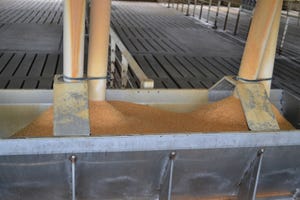Livestock Management
More Topics
thumbnail
Market News
Smithfield Foods unveils its 22nd annual sustainability impact reportSmithfield Foods unveils its 22nd annual sustainability impact report
Company on track to achieve its target to install biogas systems on 90% of finishing farms by 2030.
Subscribe to Our Newsletters
National Hog Farmer is the source for hog production, management and market news


.jpg?width=700&auto=webp&quality=80&disable=upscale)





.jpg?width=300&auto=webp&quality=80&disable=upscale)





























